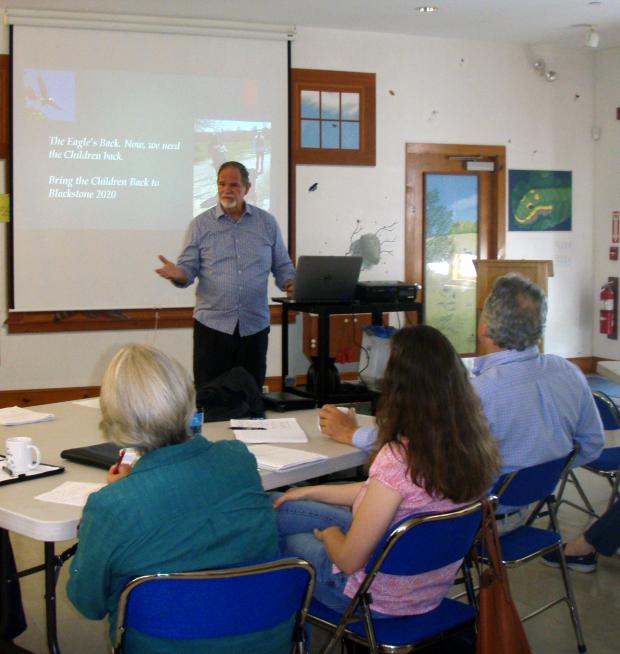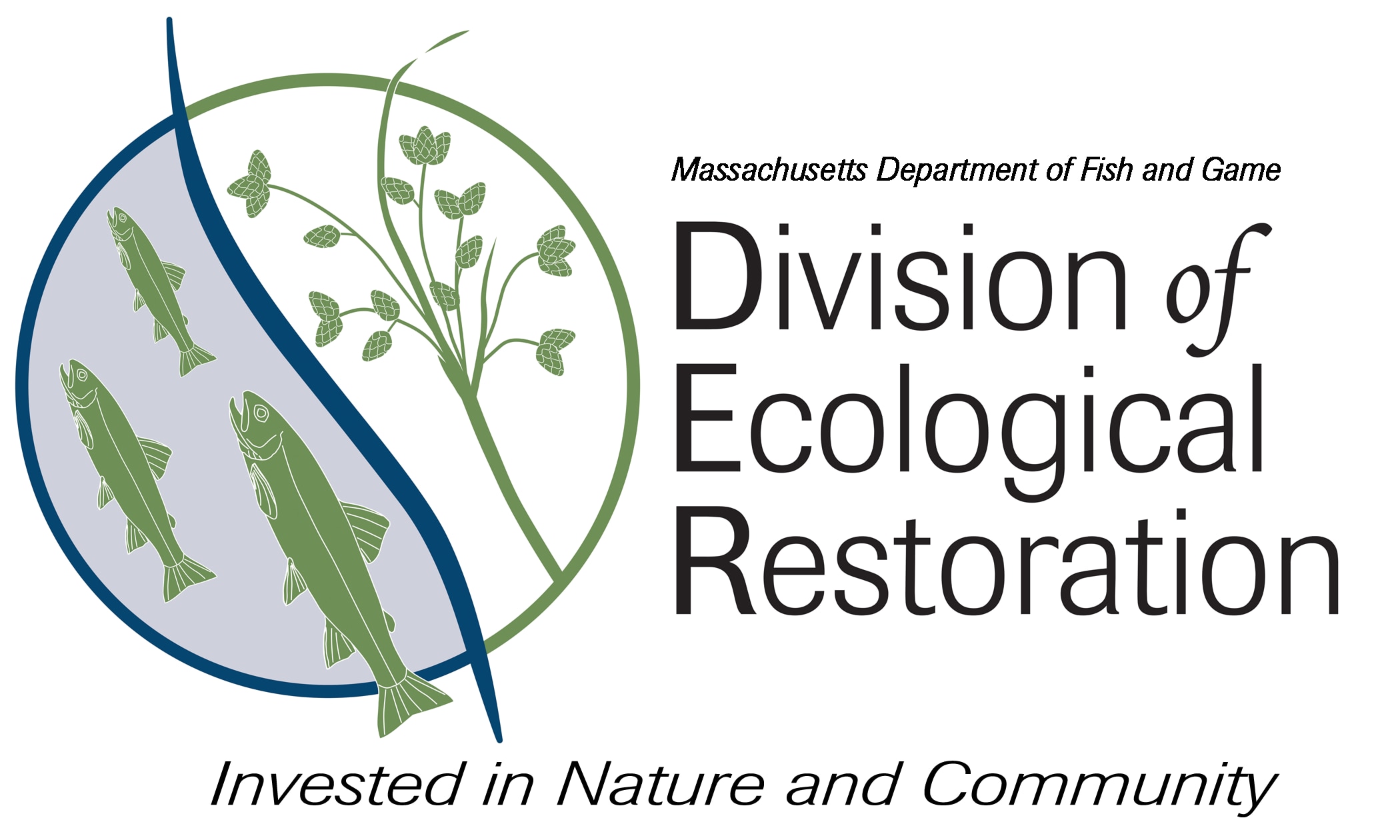- Division of Ecological Restoration
Just over a year ago DER hosted a training to introduce an alternative approach, known as social marketing, to more effectively influence an audience. Staff and volunteers from 15 different water quality monitoring groups attended the two day training led by Dr. Bill Smith, a social marketing pioneer with over 35 years of experience. Not to be confused with social media, social marketing defies many of our long standing approaches to outreach and education. Traditional outreach almost universally relies on disseminating facts in the belief that an informed audience will change their behavior or undertake some other action based on the information provided. The need to reassess traditional methods can be found in your group’s outreach history and objectively measuring how often your fact-based educational efforts achieved the desired result. In contrast to informational campaigns, social marketing focuses on identifying the barriers to and the benefits realized from a desired action. This approach has amassed some impressive successes.
Building on the enthusiasm of the workshop and feedback from attendees, DER released a solicitation to develop a campaign to test the efficacy of a social marketing approach to encouraging behaviors to improve water quality and to provide a real-world learning experience for a watershed association. Training and exposure to a couple of days of inspiring and thought provoking social marketing examples at the DER workshop was enough to encourage the Blackstone River Watershed groups to respond to the solicitation.
The Blackstone River Coalition (BRC) has an extensive volunteer-based water quality monitoring program with over 80 sites and dozens of volunteers. They have produced an annual report card on the status of their waterways for over a decade showing a simple color coded synopsis of the water quality of the mainstem Blackstone River and its tributaries. The BRC also completed an extensive trend analysis of their data to further bolster their water quality findings. Complementary work to encourage homeowners and businesses to adopt low impact and green infrastructure is another component of their outreach work. Despite this extensive outreach and education program, their efforts have not catalyzed the desired change in people’s perceptions of the river nor in their personal behaviors. The BRC wanted to know if social marketing techniques could improve their effectiveness.
With funding from DER, the BRC is well on their way to piloting two small campaigns over the coming year to explore the social marketing approach. The intent is to both familiarize BRC volunteers with a social marketing approach and to evaluate the effectiveness of the campaign to improve the water quality and profile of the Blackstone River and its tributaries. An intensive two day working session was held in June facilitated by Bill Smith- the social marketing professional who led the DER workshop last year. Together the group worked on identifying a goal, an audience and an evaluation methodology. The process of identifying these key components was a fascinating and challenging undertaking.
The goal had to be realistic and measurable in order to assess the effectiveness of the campaign methods. An initial hurdle was reigning in expectations. The goal(s) needed to be reasonable for the time and resources available. Selecting the target audience, using the tools and techniques of social marketing, meant identifying those with an inclination toward doing the desired action. This audience, the one with the ‘seedling’ already established and ready to be watered, was more desirable than an audience where the seed had not even been planted. After two intense days, the BRC developed two pilot campaigns crafted in a way to allow the BRC to evaluate what method delivered the most impact for the smallest investment of resources, (staff/volunteer time and money). The group identified a reliable and relatively easy evaluation method for both campaigns.
With the campaigns detailed, the BRC is poised to launch both efforts this summer. BRC volunteers will be interacting with their selected audiences at different venues to determine if different settings, and the audience found there, elicit a difference in response. The results will help the BRC compare success achieved versus effort expended to find the best fit approach for their organization. The BRC will also pilot a new approach, using marketing techniques rather than fact based arguments, to encourage homeowners to adopt a modest change on their property to reduce nonpoint source pollution. Stay tuned for a future update in Ebb&Flow on the results of the BRC efforts.

